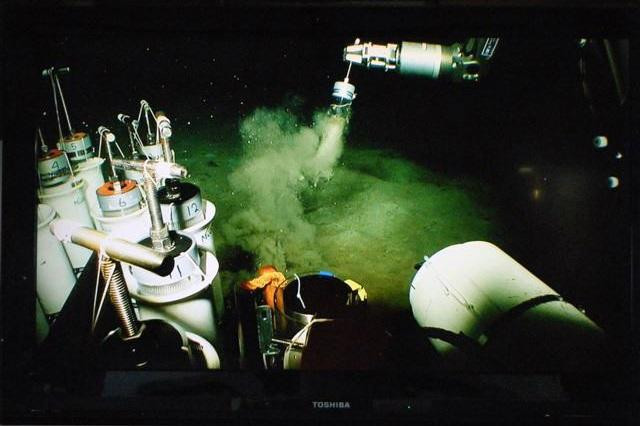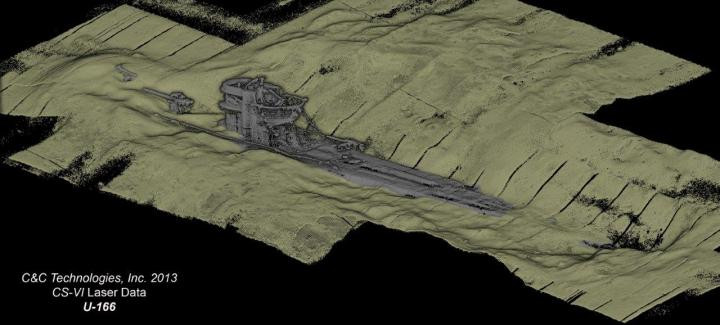Gulf of Mexico: Shipwrecks from Civil War and WW2 used to understand health of ocean ecosystems

Thousands of shipwrecks spanning more than 500 years of marine history are being used to better understand the health of deep-ocean eco-systems.
An international team of scientists initially set out to investigate the effects of the 2010 Deepwater Horizon oil spill in the Gulf of Mexico, which saw more than 200 million gallons of crude oil pumped into the ocean for almost 90 days.
In 2014, researchers set out to study the 2,000 shipwrecks that lie in the Gulf of Mexico to study the microbial communities that form the base of these eco-systems. Shipwrecks include those used by 16<sup>th century Spanish explorers as well as boats from the American Civil War and World War II.
Scientists from the Gulf of Mexico Shipwreck Corrosion, Hydrocarbon Exposure, Microbiology, and Archaeology (GOM-SCHEMA) project note there is still a massive gap in our understanding of the oil spill in terms of what impact it had on the health of the ocean and its marine life. The team presented their findings in a series of talks at the 2016 Ocean Sciences Meeting in New Orleans.
Shipwrecks influence which microbes are present on the sea floor. They serve as artificial reefs, where life can thrive – starting with microbes at the bottom of the food chain. Researchers found the release of oil significantly affected the microbial communities at nearby shipwrecks. Furthermore, the team found the dispersant used to clean up the oil spill also significantly altered the microbial community.
Leila Hamdan, a microbial ecologist at George Mason University in Virginia and co-leader of the project, said: "The micro-organisms in these deep-water habitats, where these artificial reefs are present, they make life habitable, make it luxurious, in a place that is cold and dark and permanently separated from light. If we are performing activities in the ocean that potentially change these extremely important communities, we should know about that."

Findings showed oil exposure increased metal corrosion caused by the microbes, suggesting it could speed up degradation of the shipwrecks. 3D laser and sonar technology were also used to get high-res images of the shipwrecks, so their current state of preservation could be established. One WWII German U-boat (which has been documented since 2001) was found to be buried by far more sediment following the spill than before. Researchers note this could have been a result of natural processes, so are planning to repeatedly scan the wrecks to see how they change over time.
In the future, the scientists say these deep-sea shipwrecks could be used to monitor deep-sea ecosystems in the long-term. By understanding how it changes, researchers would be better able to conserve animals living there.
This information could also be used to preserve the shipwrecks themselves, some of which still contain human remains. Project co-leader Melanie Damour, from the Bureau of Ocean Energy Management in New Orleans, said: "These are pieces of our collective human history down there and they are worth protecting. We are concerned that the degradation of these sites a lot faster than normal will cause the permanent loss of information that we can never get back."
© Copyright IBTimes 2025. All rights reserved.






















